I am sure everyone has noticed the race to higher megapixel specifications. While the high resolution is not wrong by itself, it comes with multiple tradeoffs. These tradeoffs are not often talked about since publishing better cameras with better specifications is more in the interests of manufacturers rather than consumers. I should have used quotes around the word better since it is not always the case that the newer camera or lens is significantly better, or any better, than the previous one. Also, where does the mindless consumer mentality that the perfect camera and lens setup you had is somehow outdated just because there is always new releases in the pipeline? In fact, the moment you buy something new, the next model is already on drawing board.
If you have a camera and a lens you are happy with, how does a new model affect your photography? Your existing gear will continue producing the same results and unless you have made a terrible mistake at some point and bought something you really don’t like at all, I don’t see any problems using old cameras and lenses, except in strictly professional situations. These are just tools and the times when digital cameras were not up to par with expectations are far away in history. Almost any camera produced in the last ten years if perfectly capable of capturing what you need. Lenses have even longer lifetime than cameras and at least fixed focal length prime lenses have been good enough for quite some time. Unless you’re a serious professional, the curve of increasing gains tends to be very non-linear, meaning that buying the best you can get is often on a different scale than the price you are paying for the privilege of owning high-end gear.
Disclaimer
All photos here are randomly chosen for this article and do not represent artistic quality, but optical and technical differences between cameras and lenses. None of the photos are sharpened, nor have gone through noise reduction. They are also original exposures, meaning that the performance is not artificially changed by underexposing when taking the photo and changing the exposure afterwards in Adobe Lightroom (which does help Leica M9). They are either using Adobe Standard colour profile or embedded profile from camera, i.e. no additional colour profiles or film emulations from 3rd parties are used.
How many megapixels do you really need?
If you take a look at top models from most manufacturers, you’ll notice that they are lower in resolution than the models aimed at regular consumers. That is often because of demands of higher burst rates, but also because of image quality. Regular consumers could not care less about quality it seems, all they care is having the latest and greatest, needed or not. At the moment most cameras have at least 24-megapixel sensor, while the top models have anything between 36 and 50 megapixels. I have been using Nikon Df and Nikon D700 lately, cameras that have 16 and 12-megapixel sensors. What I have noticed that I will get better results than with cameras that have higher resolution (such as the Sony a7R, which supposedly has the same sensor as in Nikon D810). Having higher resolution has more caveats than actual benefits, which I’ll get into in the next chapter. I have also three Fujifilm cameras with 16-megapixel resolution and I have never felt that they’re missing something in resolution aspect. The 24-megapixel sensor in my Fujifilm X-Pro2 is not better because of resolution, it’s better because of high-ISO performance, to which I also get into in the next chapter. If I compare my Leica M9 and Leica M240 photos (18 and 24 megapixels), I do not see any actual difference in resolution. If there was a Leica M240-CCD with the responsiveness of the M240 and resolution and colours of the M9, I’d have bought that instead of either camera I now have.

A regular 10×15 cm printed photo at 300 dpi requires only 2 megapixels. How many of you print your photos larger than that, or at all? That same 2-megapixel image is often just fine for web pages as well. Unless the photo must fill the whole screen, the longer side of a 2-megapixel photo has 1772 pixels which is fine for modern monitors. Even if users have HiDPI monitor such as Apple’s Retina displays, it is hard to justify using a higher resolution than this. Even 4K monitors and televisions are capable of showing just 8 megapixels at 1:1, so in resolution terms only, any camera and any smartphone will do.
What people do not often realise is that doubling the resolution means four times the megapixels. In order to have two times better resolution than a 16-megapixel sensor, one would need a 64-megapixel monster – something that does not exist yet in 35 mm format. Those with an actual need and the money can buy medium format cameras that have higher resolutions than this, but you’ll have to have top-notch optics, lighting and other variables as well.
The caveats of higher resolution
When using a higher resolution, you have multiple things that have an adverse effect on the quality of the end results. Let’s study some of these.
Pixel density
Higher resolution means smaller pixels, meaning lower signal-to-noise ratio (SNR) if gains in sensor technology are left out of the equation. Two cameras with the latest sensor technology and digital signal processing (remember, the sensor is only a part of the equation) where one has lower resolution than the other can demonstrate the difference in practice. For example, Sony has three different resolutions in their a7 series of cameras and the camera having the lowest resolution in each generation of these cameras has the highest perceived image quality. Nikon D4 (and Df) is lower resolution than D810 and with D5 the situation is exactly the same compared to the new D850. With Canon, the same thing, although I lost track of Canon model numbering a long ago – do they really need that many models or should they produce just two or three? I have worked for Nokia in the past and they had the same problem with models: tens of new models per year and Apple took their lollipop just by releasing one phone that had everything Apple had. But, I digress.
Shutter speeds
Higher resolution means a higher chance of blurred image due to either the suspect of the camera itself moving. Some cameras have in-body image stabilisation and image stabilisation in lenses is not a new invention either. But, one can’t freeze the suspect movements with image stabilisation on the sensor or the lens. Whether it is leaves on a tree or people on the street moving, capturing a tack sharp image (if that is what you’re after) requires higher shutter speed.
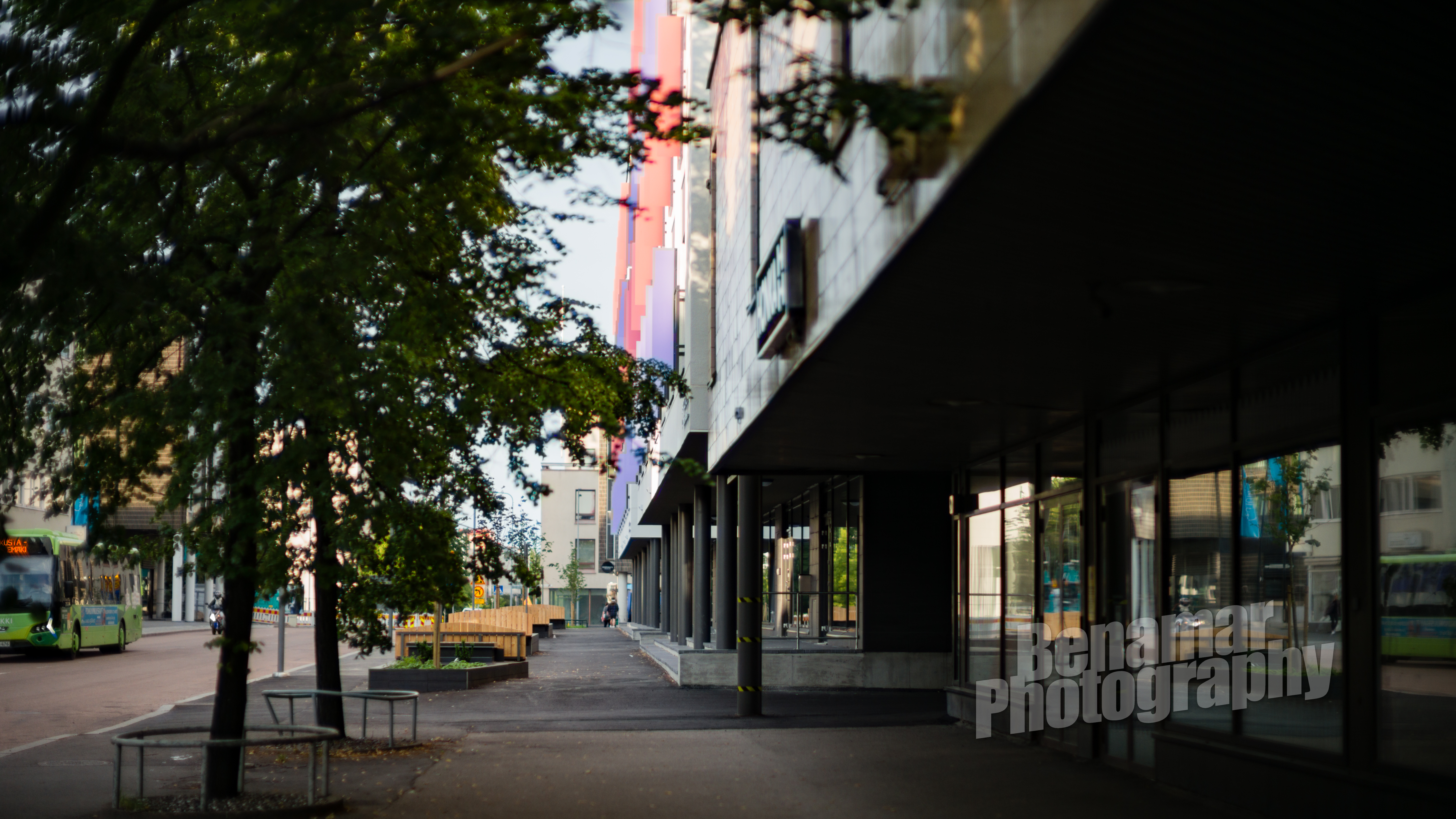
Higher ISO values
Higher shutter speeds due to increased demand for resolution often mean higher ISO settings. Cameras are getting better year by year, but if you care about colours as well, higher ISO is not getting you there. After using the Nikon Df with good lenses and the Leica M9 and M240 with 50 mm Noctilux or Summilux, I can see what I miss in using the Sony a7R, for example. Nikon Df should have a better sensor than the one in Leica M240, and if compared to noise performance alone, it is. However, while the flagship D4 sensor put in Df has excellent colours as well, the Leica looks better most of the time. Depending on the subject, the older Leica M9 CCD sensor has even better rendering than Leica M240, although the highest practical ISO value is only 640 (or 1250 if you’re not concerned about the loss of quality). The Sony a7S has poorer colours than Nikon Df although it has lower resolution, which is probably due to it been optimised for better noise performance by tuning the colour filter array (CFA) in front of the sensor. In general, what you lose in colour performance you gain in noise performance. Unfortunately one can’t get back colours or details that are lost before capturing the RAW image and the same goes for noise reduction algorithms. I prefer my photos without noise reduction as long as the noise is luminance noise, meaning that the colours are still accurate. For example, the Sony a7R I have has a horrible high-ISO performance where the noise is high in colour, as well as in luminance. The Sony also has problems with colours themselves, meaning that a part of white balance is never right, even after setting it manually. A grey cat or grey concrete is different shades of brown with red, green and blue pixels thrown in. Tuning just white balance does not fix this because the problem affects only certain parts of the photo. The fact that Sony did not fix the compressed DNG problem in a7R at all (even while my camera is still under 5-year warranty) but to their latest models only made me not buy nor recommend Sony products.
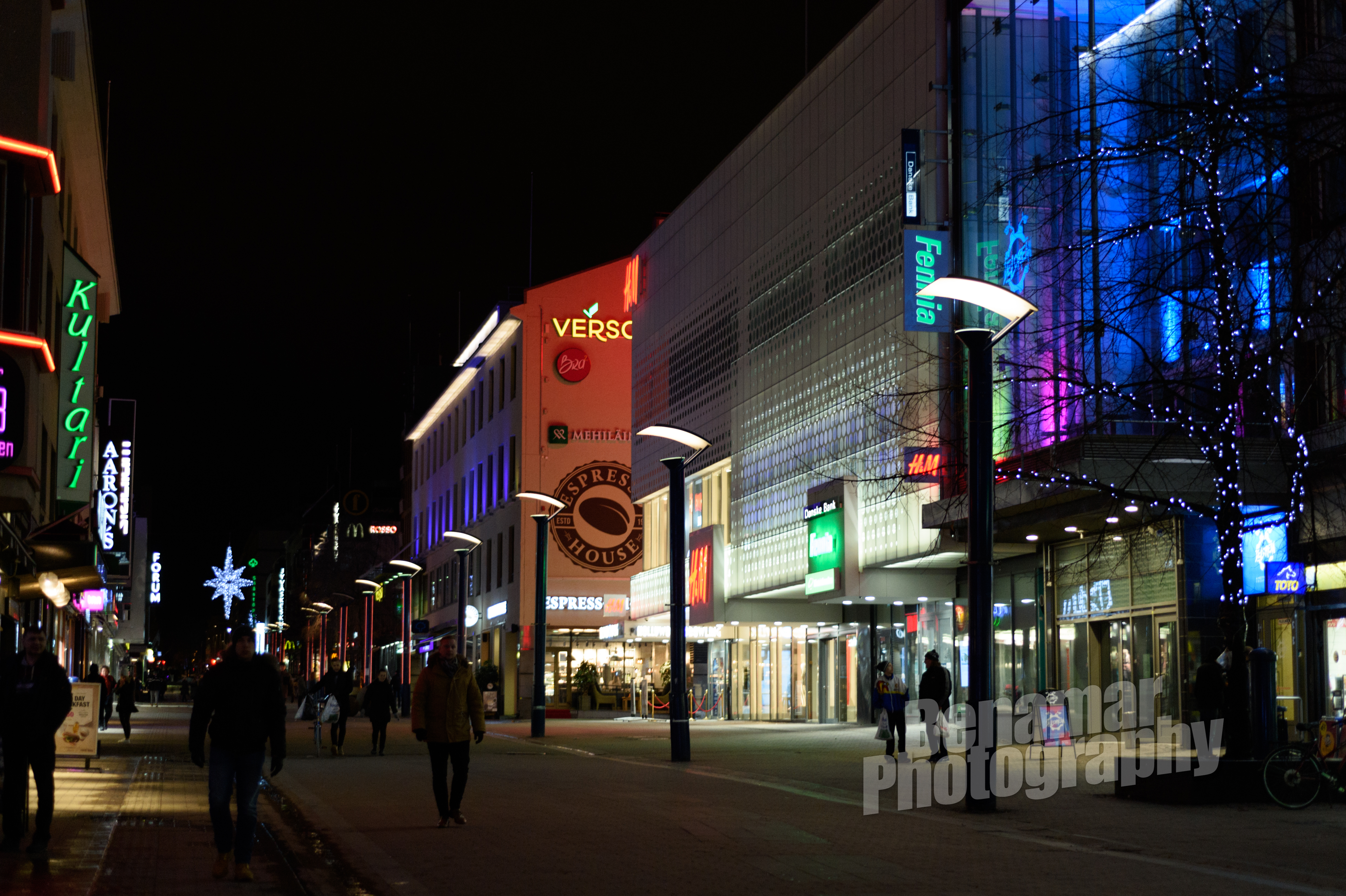
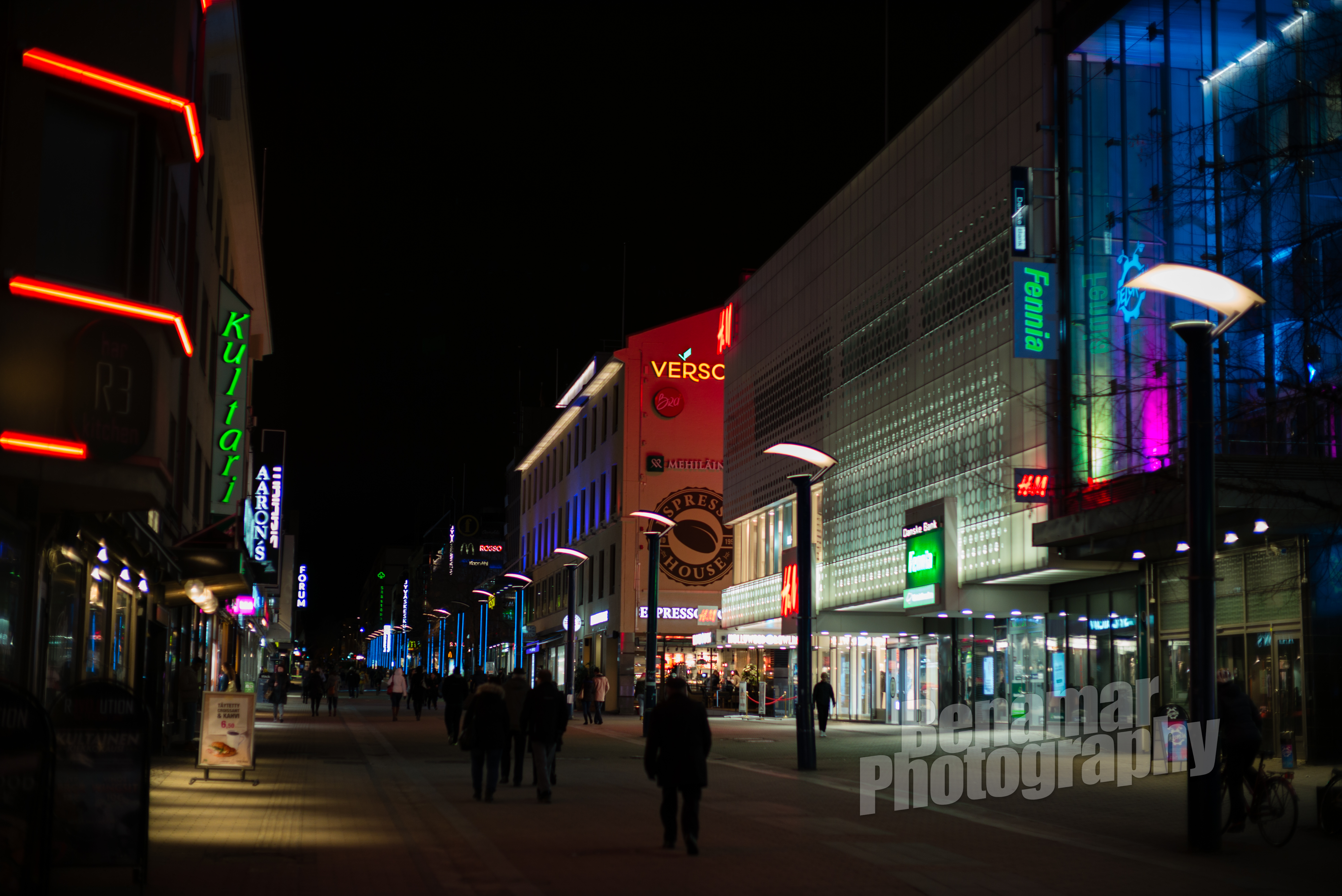
Optics
Optics always have flaws and the higher resolution you have, the higher the probability of you noticing this is. Lenses stay while cameras come and go, so having to buy new lenses because of unrealistic expectations gets expensive quickly. It’s also known that newer lenses with higher resolution and better correction of chromatic aberrations, coma etc. can be a bit clinical in their rendering. Nothing bad in that if that is what you expect and all manufacturers do this because people read reviews by skipping the photos and focusing on the specifications and MTF charts. One should do the exact opposite. Why should you care about numbers if the photos are the only thing that matter?
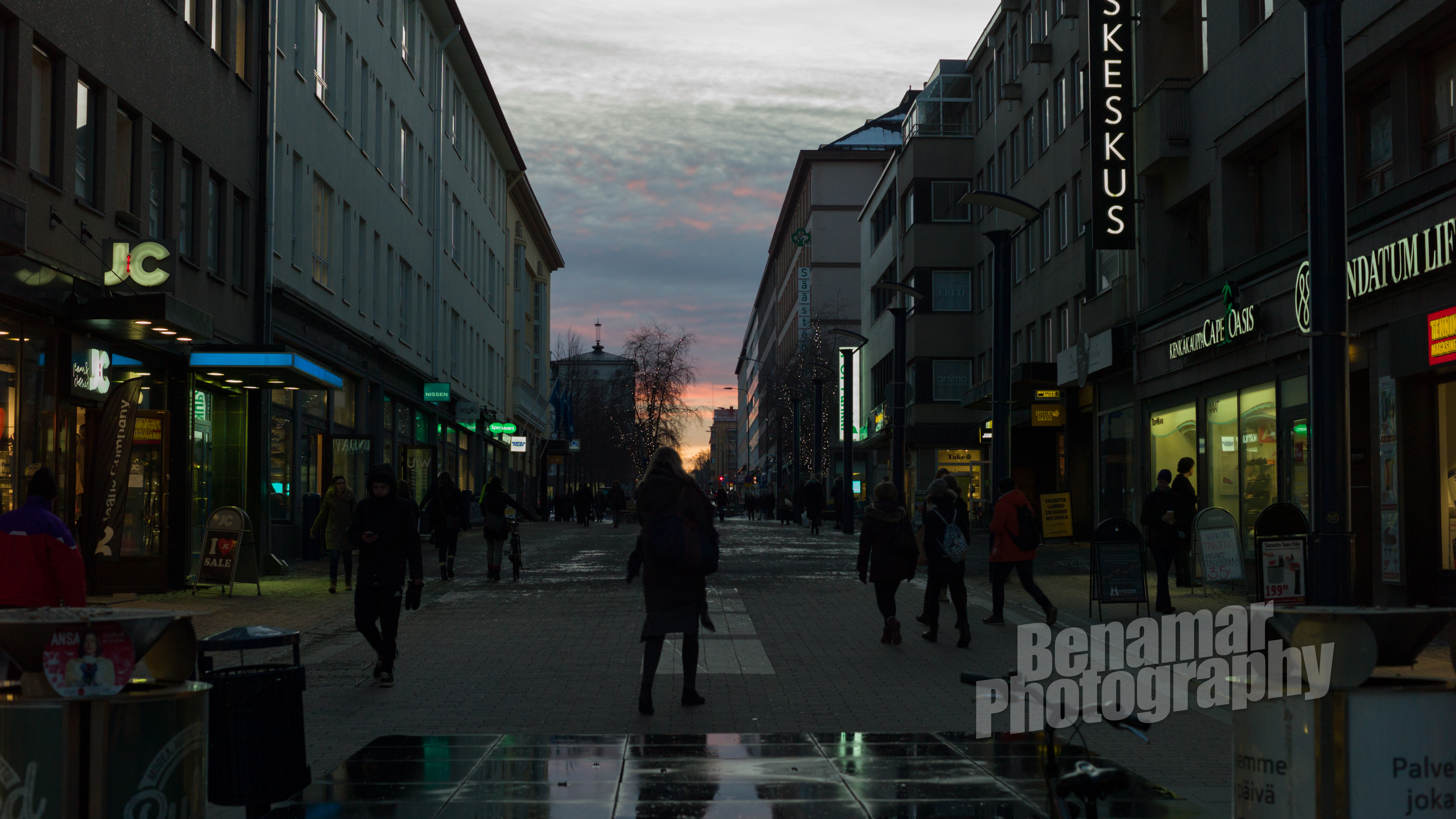
Focusing
Focusing a lens, whether manually or automatically, gets harder with higher resolutions. The eyebrows you had focused perfectly on a 16-megapixel sensor would probably be slightly off-focus on a 50-megapixel sensor. You can mitigate this problem by choosing a smaller aperture, but then again you will have to use higher ISO value or lower shutter speed, which both had their impact on the end result as described above. If you are in a studio, then this is not a problem since you are in control of the lighting and the subject and also more probably are already a seasoned professional who can acquire whatever tools are needed. Studio photography is different from street photos, children, pets or weddings.
File sizes
Higher resolution files are larger, meaning that transferring them to a computer is slower and editing even more so. One can always buy a faster computer is money grows on trees, but with super-high resolutions, even the fastest computers can choke. You will also need larger and faster memory cards which are not surprisingly more expensive. On your computer, you’ll have to have faster and larger disks and backing up the collection locally and off-site (which you should do if you have any respect of your own work and time) is slower and, you guessed it, more expensive.
Practicality
Unless you are printing large or cropping heavily, the practicality of very high resolutions is questionable. You probably have to downsample the photos because of the media you are using, whether that is prints or web pages. If you have to downsample, where exactly was the point in upgrading your gear if all you got was the long list of troubles I have mentioned? You could have used your old camera that was probably just fine, or even better yet, use film – not megapixels. I do not crop my photos because it feels a bit like cheating. I like to have the framing as close to the actual photo as possible – to maximise quality and boost my ego demanding flawless straight out of the camera (SooC) photos. I need some leeway in resolution for adjusting the photos horizontally since I tend to take candid photos and do not have time (nor patience) to look straighten by photos when taking them. It is also surprisingly hard even with the electronic virtual horizon in the optical viewfinder my Nikon Df has. Luckily Leica has no such distractions.
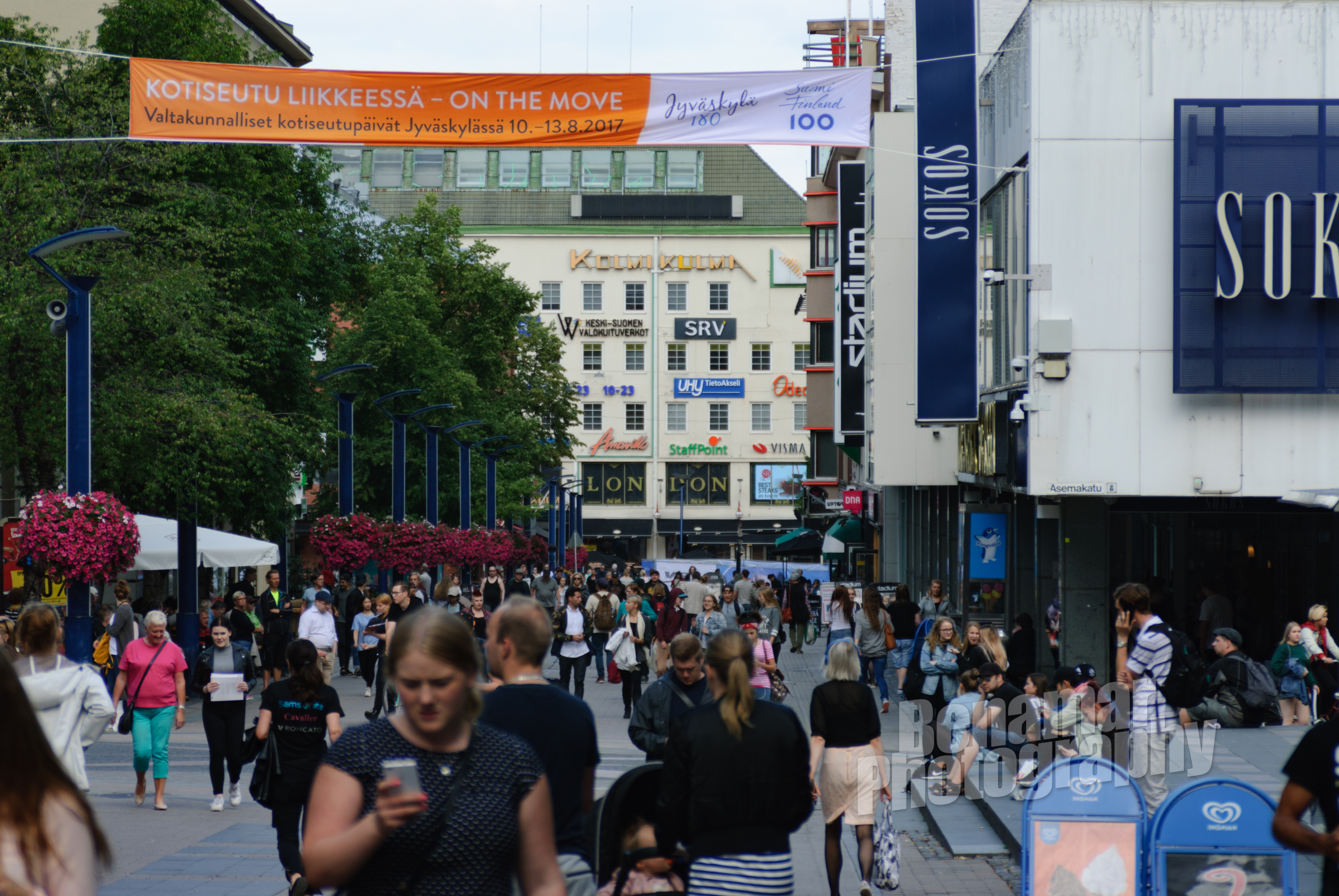
For my uses, the 10-megapixel CCD sensor on my Nikon D200 is fine even after some straightening and cropping, after which the photos are still over the resolution of modern 4K monitors and televisions. The camera and sensor are from 2006 so in 2018 nobody expects performance equalling modern gear, but the resolution is good enough. It is also a crop sensor, not full frame, so it is using the sweet spot of full frame lenses, with less vignetting etc.
Field of view
If you rely heavily on cropping or zooming instead of you know, walking closer, you might have noticed something is flat in your images. That is because of longer focal lengths used affect the perspective. There are subjects you have to zoom in, crop and even use a smaller sensor to get higher pixel pitch, but unless you’re a wildlife photographer, you can get closer and get better results by using the full field of view and more natural focal length – depending on the subject of course. Even then, it is likely that you will get better results with lower resolution sensor having larger pixels because you see more what you need and fewer artefacts (related to everything I wrote above).
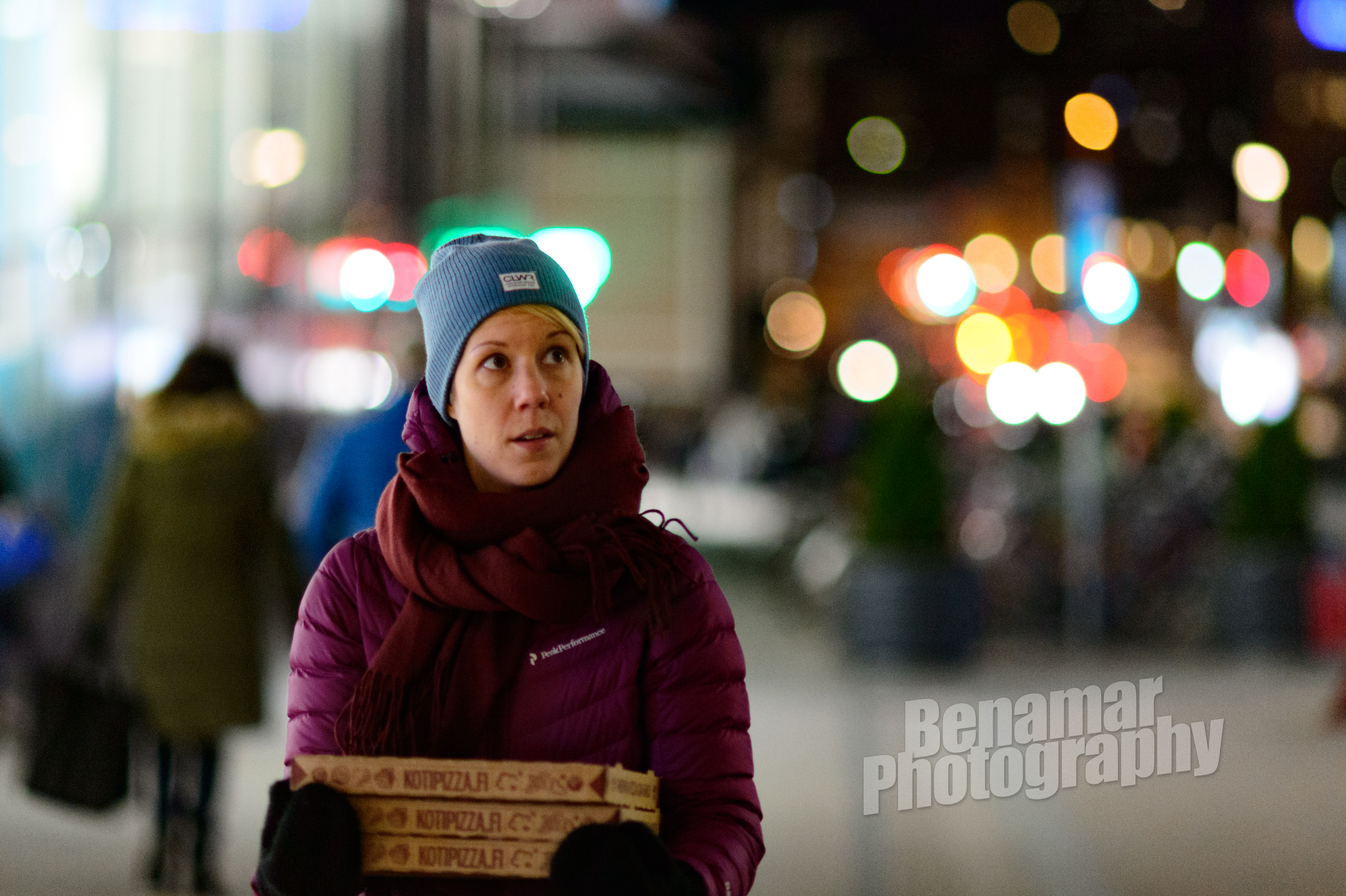
Saving money
Instead of constantly upgrading your gear, you can settle for old classics that are proven to be trustworthy and with good output. This also means that you can acquire your gear 2nd hand, which can save you a lot of money. I bought a Nikon D700, a 10-year old camera, just because I like the colours I get from it, it’s indestructible and the price is right – it can’t go much lower than this unless you find a desperate or nonchalant owner. I could have bought the D800, but I don’t need the resolution and the D700 photos look better to my eye. The money you save on camera can be used to buy lenses, which can be used with multiple cameras and much longer than the cameras themselves. If you care more about rendering, colours, micro-contrast and dimensionality, you can get lenses for cheap which might be a little soft on a latest high-megapixel monster, but more than fine on an adequate resolution.
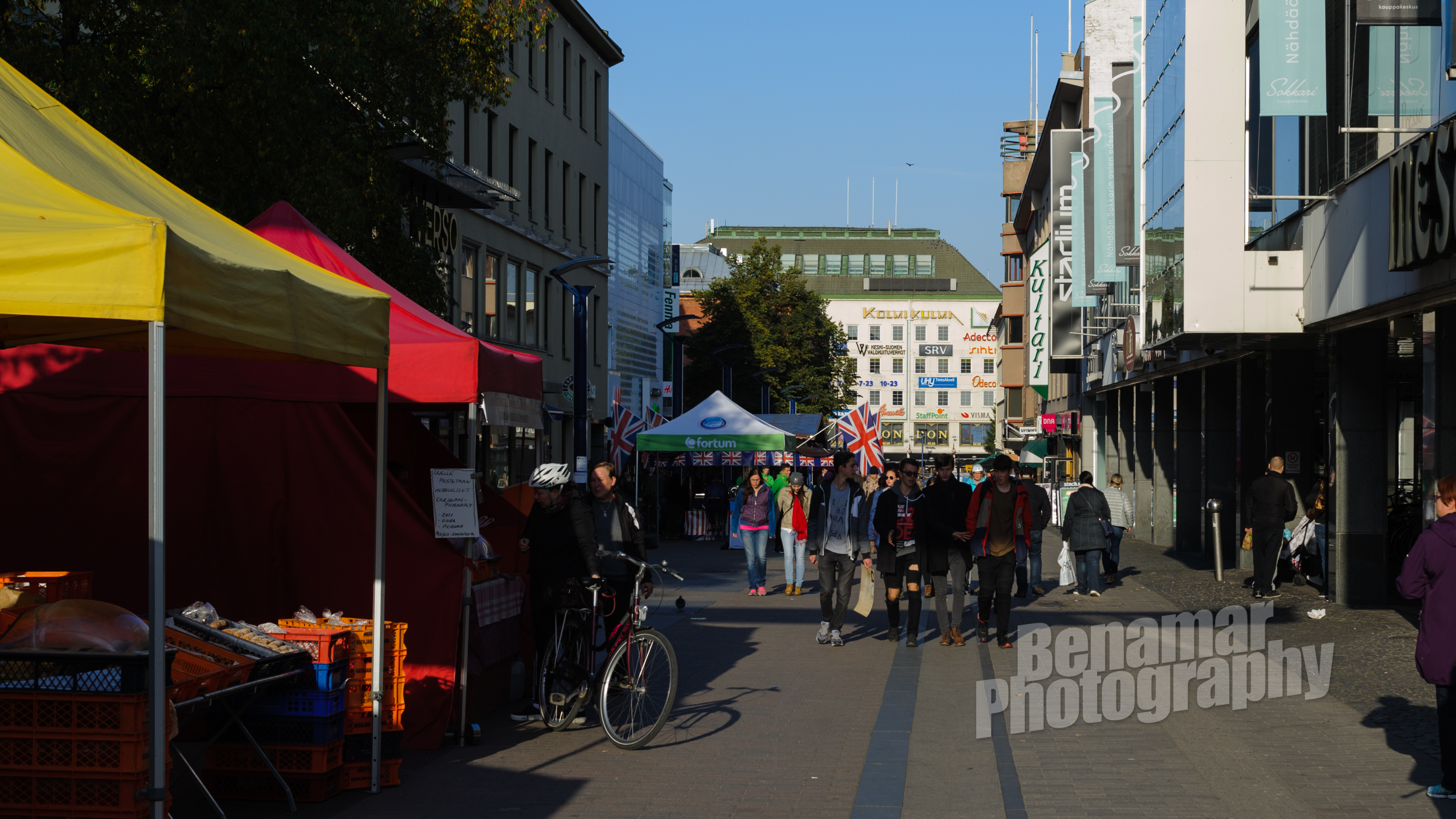
Alternatives to the megapixel race
If you are not counting minutes with your photography, film is a fine choice for experimenting with something else. With Leica and Nikon you can use the same lenses with film cameras as well, so you have an excellent arsenal of lenses for your film camera if you go with either brand.
Nikon has a backwards compatibility issue with AF-S lenses (no aperture ring), but since for most purposes you can buy multiple AF-D and AI lenses for the prices of a single AF-S lens and do not see any difference at all unless you’re using a digital sensor with a high megapixel count. Nikon F100, F5 and F6 can use AF-S lenses as well, but I don’t see the point. Modern AF-S lenses may be sharper, but since film camera can’t make corrections to geometry, the new AF-S version of the lens might look worse than film era AI and transition era AF-D lenses. Also, vibration reduction is not supported, so instead of VR, go for fast primes. Don’t forget that you are not shooting Leica, so the maximum apertures are always somewhat soft (makes no difference whatsoever with 35 mm film). Personally, I have the F100 as my only modern film SLR. I have also Nikon’s titanium F3/T HP and the “technocamera” Nikon FA, both of which are excellent for manual focusing and pre-AF-S lenses. The FA is full of features and very light, get one while you still can. The F3 is a professional tool which had a very long production run, so there are plenty of F3’s to buy. It’s also a camera that is trouble free, even though it’s not fully mechanical (it needs a battery for the light meter and shutter speeds other than 1/60).
If you happen to have a closet full of Leica lenses, as all self-respecting G.A.S. members have, you’re in for a treat. All Leica lenses work with film Leica cameras, even the LTM lenses released before M-mount. With film, the lenses behave differently and some look much better on film than on digital. A film does not have problems with extreme angles of light, so colour casts, extreme vignetting and digital sensor blur are things of no concern. My first Leica was a film Leica M5, the so-called ugly duckling. Nowadays I use my Leica M7 more and it’s maybe my favourite among all my cameras. The Leica M7 with a Summicron 35 mm IV pre-ASPH is small, a good-looking package which handles well and provides excellent results.
With film, you are no longer chasing the latest and greatest and if you need a new look, pop in a different film roll. Having to wait for your photos to be developed, whether you do it yourself or in a store or photo lab somewhere, adds to the excitement of finally seeing the photos. It’s like Christmas every time!
Black & White sensors, anti-aliasing filters and colour filter arrays
Some cameras include an anti-aliasing filter in front of the sensor, which is put there to minimise moiré effect. In recent years camera manufacturers have notes that sometimes people need the resolution more than the blurring effect of the anti-aliasing filter. Moiré is something you may have seen in the cathode ray tube era televisions when a person had striped shirt on. Same happens with digital cameras that do not have an anti-aliasing filter and are using the Bayer-type sensor. Most cameras use the Bayer-type colour filter, but there are exceptions such as Fujifilm’s X-Trans, Sigma’s Foveon and also all cameras that have no colour filter at all, such as Leica M Monochrom.
Fujifilm’s X-trans sensors lack anti-aliasing filter because of non-Bayer colour filter array, which with more randomised photosites, is said to avoid moiré effect. Fujifilm’s solution does not come without compromises though, biggest of which is transforming the RAW images. Even though the situation is better now than a few years ago, it is still there.
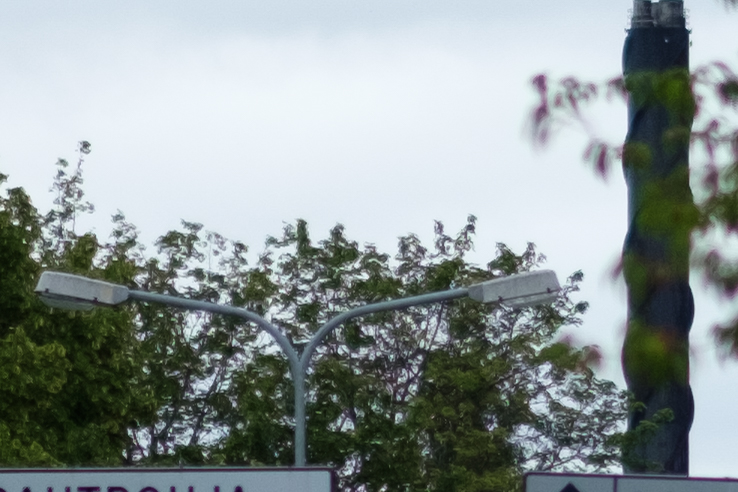
After one starts seeing the problem, it is sometimes difficult to unsee. What must be said is that this is nitpicking since it is impossible to see this in actual prints or scaled down images for the web. You must either crop heavily and/or use 100% magnification to see this. The photo above is cropped from 6000 × 4000 resolution image (24 megapixels) to 738 × 492.
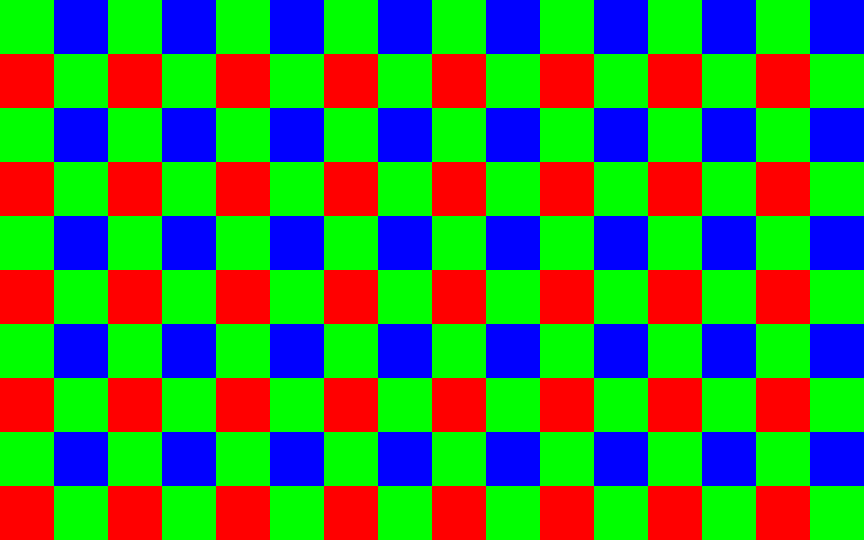
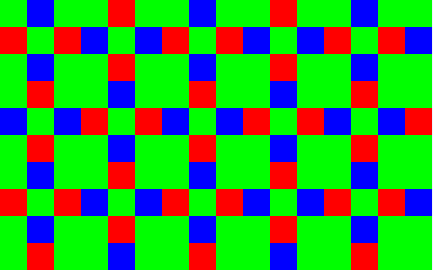
Fujifilm’s choice of order and amount of sensor photosites has one additional benefit compared to the regular Bayer sensor. It has more green photosites than blue and red, and because green sits in between blue and red in the visible colour spectrum, it allows more vibrant colours. Because of the extra green light sensitivity (which extends to blue end), Fujifilm can design lenses that have more elements than they could otherwise have, meaning they can be more corrected thus having fewer problems without the loss of colour saturation. The difference is not huge, but it is there. If you wonder why Leica lenses look so good, it’s because of fewer elements that are of very high quality. All glass elements attenuate light and it is the blue and green side of the spectrum that suffers more (or so I’m told). Erwin Puts’ book Leica Lens Compendium is a good reading related to lens designs, glass types and optics – highly recommended if you’re a Leica shooter. I can recommend YouTube videos by The Angry Photographer, aka Theoria Apophasis, related to Fujifilm sensors and lenses (or lenses in general).
Black & white sensors are not common, although, in reality, all sensors see only luminance. What makes the sensor see colour is the colour filter array (CFA), the main variation being Bayer and the other two I know, X-Trans and Foveon. There is a company modifying Fujifilm X-Pro1 cameras to B&W by removing the CFA. Leica Monochrom cameras are more expensive than their colour variants. The camera having one part less does not make it cheaper, in fact, it makes it more expensive, and in the case of Leica, a lot more expensive – mainly due to being a niche product inside a niche sector of cameras (rangefinders) leading to smaller production. Somebody has to pay for the R&D that has gone to this variant.
If you are fine with only black & white images, the black & white sensor comes with a benefit you might not have realised. It has essentially up to 100% more resolution even when compared to a colour photo of the same resolution. Compared to Bayer sensor above, a B&W sensor would see every 2 × 2 photosites as one pixel, seeing only luminance. Because there is no colour filter, the sensor sees also one stop more light, meaning it is more sensitive this being able to use higher ISO values with less noise. I have not purchased a Leica Monochrom even though the thought is very tempting. The simple reasons are cost and my habit of using film for black and white. I fear I would get even lazier with Leica Monochrom and stop shooting B&W film with Leica M7.
Conclusions
I guess I have proven my viewpoint and while I can’t deny that there are multiple legitimate uses for higher resolution cameras and lenses required for such cameras, I have chosen not to play the planned obsolescence game. If I had a reason to, I could buy the latest Leica, Sony and Nikon and in some cases get better results, but it’s often the limitations that drive inspiration. That is why I still shoot film in 35 mm and medium format. It’s not better than digital, nor is digital better than film – they’re different. Saying that certain latest and greatest camera makes wonderful photos is like saying to a chef that the new oven is making tastier food.



